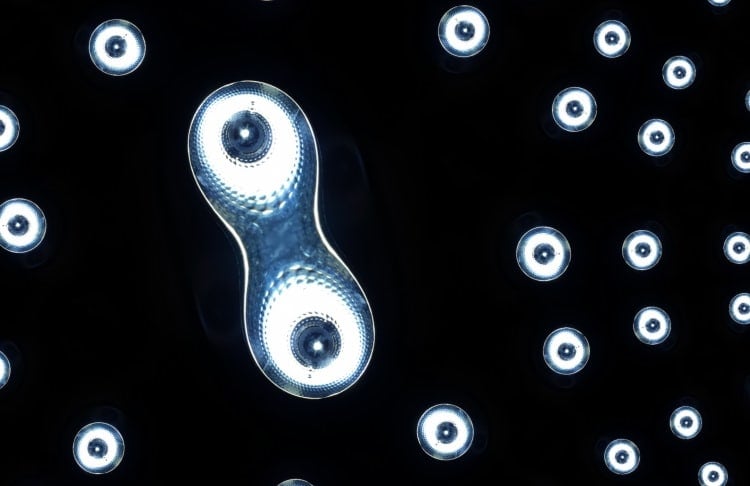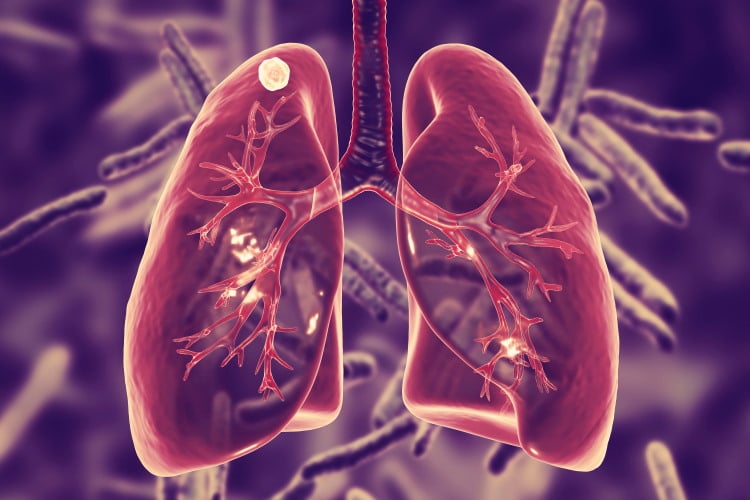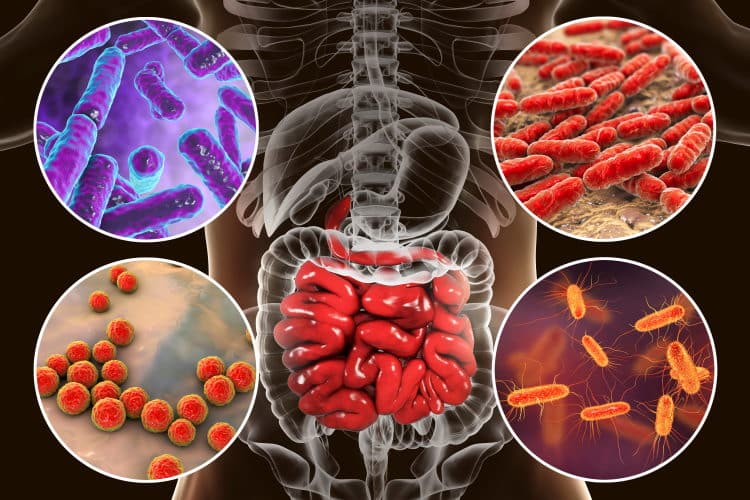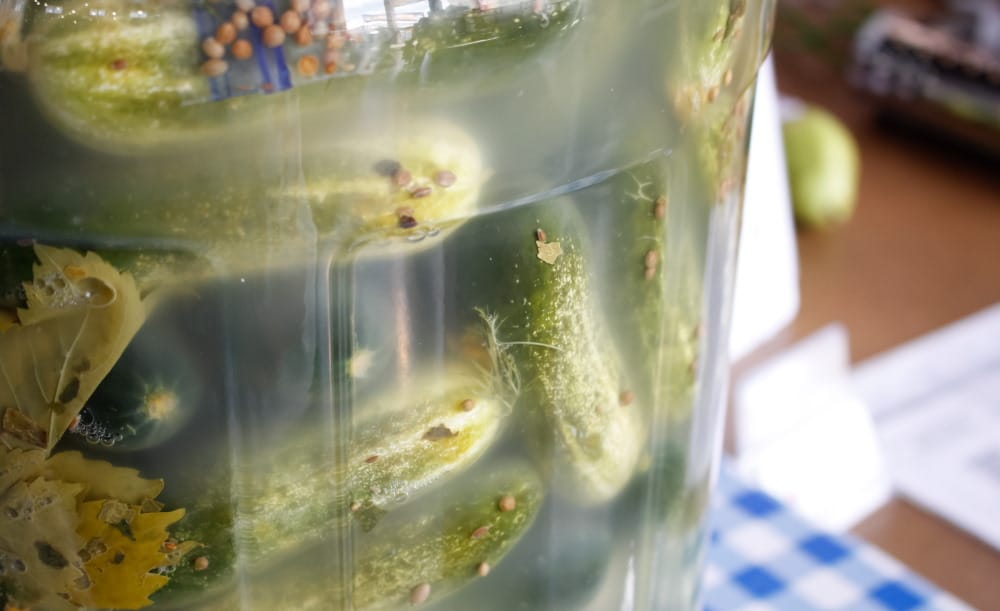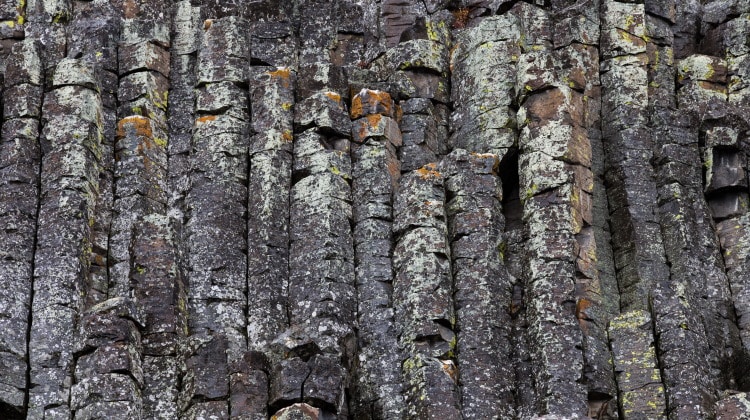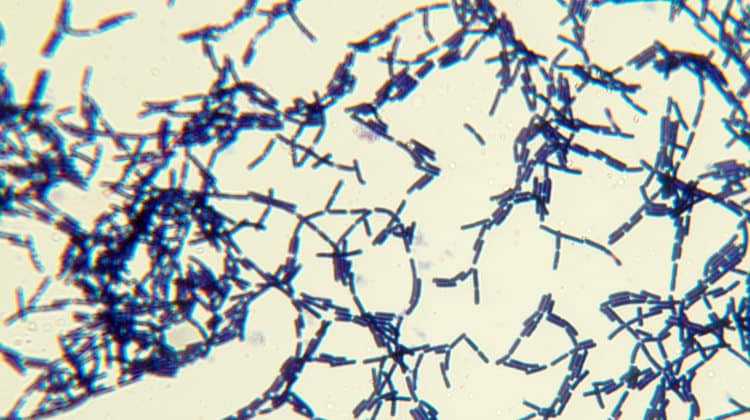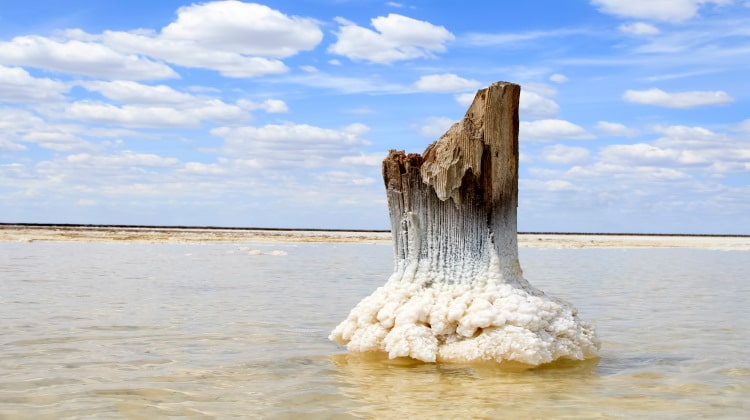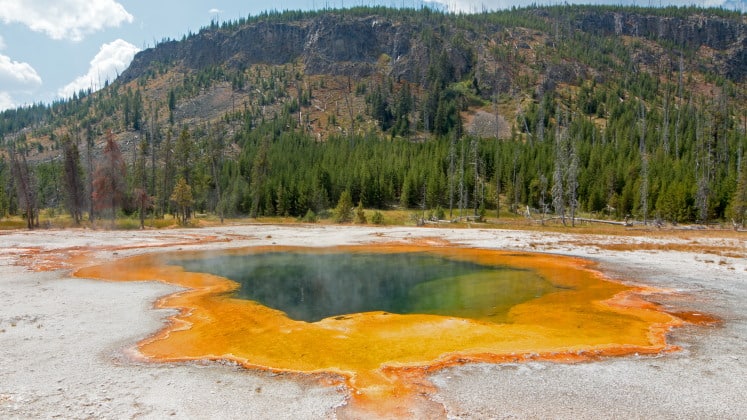prokaryotes
-
Binary Fission, Reproduction & Energy Production In Bacteria
Bacteria live strange lives. In optimal conditions, they can reach maturity in 20 minutes. They can then reproduce… and one…
Read More » -
How Do Bacteria Cause Diseases? (and which are the culprits)
Bacteria cause disease. We all know this. But how? Most of these bacteria, like those listed, below make their presence…
Read More » -
Bacterial Flora: The Human Body as a Bacterial Environment
Many people may think of bacteria only as the causative agents of disease. However the disease causing species only represent…
Read More » -
Beneficial Bacteria: 12 Surprising Ways Bacteria Are Helpful To Humans
How Are Bacteria Helpful To Humans? Unknown to many people, bacteria play an important role in many aspects of daily…
Read More » -
Facts About Bacteria: The Smallest, Coolest & Fastest On The Planet
Fun Bacteria Facts and Bacterial Records Bacteria really are found everywhere, from the tops of the highest mountains to the…
Read More » -
Cyanobacteria: The “blue green” algae (that aren’t algae at all)
Cyanobacteria The cyanobacteria are morphologically a heterogeneous mixture of bacteria. They come in five different types. Firstly they are either…
Read More » -
Proteobacteria: The 16 Major Groups Examined
Proteobacteria Proteobacteria is the second largest group of bacteria. This phylum contains 1,534 species – or 32.3% of all known…
Read More » -
Firmicutes: The Single Largest Group Of Bacteria
Firmicutes Firmicutes are the single largest grouping of bacteria. Though because it is dominated by a number of very successful…
Read More » -
The Euryarchaeota: Nature’s Lovers of Salt
The Euryarchaeota are a diverse group of organisms that live in extremely saline or salty environments. I.e., originally salt lakes,…
Read More » -
The Crenarchaeota: Lovers of Extreme Temperatures
The Crenarchaeota are a smaller group than the Euryarchaeota which contains the majority of the known Archaea. Crenarchaeota are primarily…
Read More »

